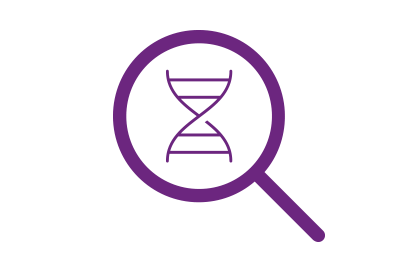Understanding MASLD and Its Complexity
MASLD is associated with conditions such as obesity, type II diabetes, dyslipidemia, cancer, atherosclerosis, and insulin resistance. Previously known as nonalcoholic fatty liver disease (NAFLD), MASLD progresses through multiple stages: from steatosis (fatty liver) to steatohepatitis (MASH), which is marked by inflammation and scarring, and ultimately to cirrhosis, where liver cells are replaced by fibrotic tissue, leading to liver failure. The risk of hepatocellular carcinoma increases as the disease progresses.
Despite the availability of over different 500 mouse and rat models attempting to replicate human MASLD, no single model fully mimics all aspects of the disease. Various approaches, including special diets and chemical induction, simulate different stages of MASLD. While genetically engineered models can provide insights into obesity and comorbidities, the complexity of MASLD and the the lack of validated translational models present significant challenges in study design.
 Key Takeaways
Key Takeaways















.jpg)

.jpg)
.jpg)
.jpg)
.jpg)





.jpg)


.jpg)
.jpg)




.jpg)




.jpg)

.jpg)





